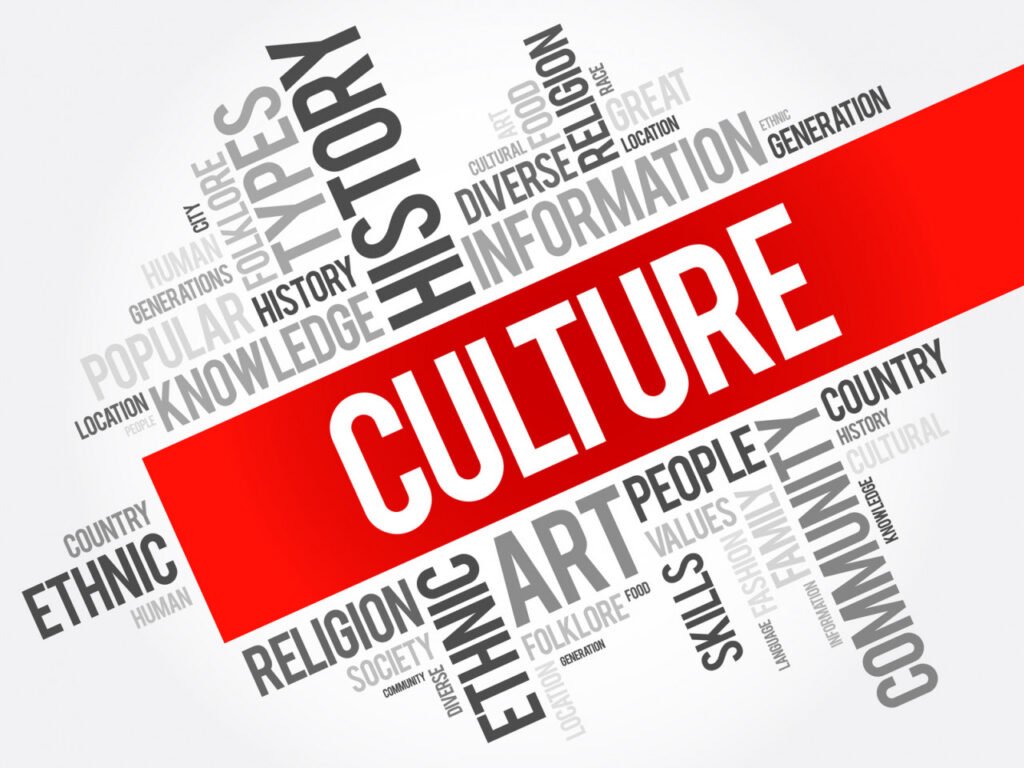3 aspects of culture plays an essential role in shaping societies, communities, and individuals. It is a broad concept that encompasses various elements that define how people interact, communicate, and live. Among the many components of culture, traditions, language, and values stand out as the most significant. These three aspects are interwoven into the fabric of society, influencing everything from daily life to global interactions. In this blog post, we will explore these three key aspects of culture, their importance, and how they influence the way we live.
3 aspects of culture:
1. Traditions: The Backbone of Cultural Identity
Traditions form the core of a community’s cultural identity. Passed down from generation to generation, traditions include rituals, ceremonies, celebrations, and social norms that bind people together. Whether it’s the colorful festivals of India, the tea ceremonies of Japan, or Thanksgiving in the United States, traditions are integral to the cultural experience. Exploring 2nd Culture: Navigating Life Between Two Worlds
Why Traditions Matter
- Preserving History and Heritage: Traditions are a way of preserving the rich history of a community or society. They ensure that cultural knowledge is passed down through the ages, providing a sense of continuity.
- Fostering Social Connections: Participating in cultural traditions fosters a sense of belonging. These shared experiences unite individuals within a community, offering a sense of pride and togetherness.
Examples of Global Traditions
- Diwali (India): Known as the Festival of Lights, Diwali symbolizes the victory of light over darkness and good over evil.
- Carnival (Brazil): This world-famous festival features colorful parades, samba dancing, and extravagant costumes, reflecting Brazil’s diverse cultural history.
2. Language: A Key to Communication and Understanding
Language is more than just a tool for communication; it is a key element of cultural expression. Each language carries with it a unique worldview, allowing people to convey not only ideas but also emotions, traditions, and values. The way we speak, the words we use, and the meanings we assign to them all reflect cultural nuances. 20 Words Associated with Culture: A Linguistic Exploration
Why Language Matters
- Preserving Cultural Knowledge: Language is the primary means of passing down cultural traditions and stories. It serves as a vessel for historical knowledge and helps keep a culture alive.
- Promoting Unity and Diversity: While a common language can unify people, multilingual societies like Switzerland demonstrate how diverse languages can coexist, each representing distinct cultural groups.
Examples of Language’s Impact on Culture
- Arabic Calligraphy (Middle East): The art of Arabic calligraphy is deeply rooted in Islamic culture and represents not just a form of communication, but also a spiritual expression.
- Endangered Languages: Efforts to revive endangered languages like Gaelic in Scotland highlight the importance of language preservation in maintaining cultural identity.
3. Values: The Moral Compass of a Society
Values represent the core principles and beliefs that guide the behavior of individuals within a culture. These values influence how people view right and wrong, social justice, ethics, and relationships. While traditions and language may change over time, cultural values often remain consistent, shaping the moral fabric of society.
Why Values Matter
- Guiding Behavior: Values dictate what is considered acceptable or unacceptable within a culture. For example, in some cultures, individualism is highly valued, while in others, collectivism and community support take precedence.
- Shaping Worldviews: A culture’s values shape how its members view the world and interact with others. For instance, the value of hospitality in Middle Eastern cultures is deeply rooted in social interactions and community support.
Examples of Cultural Values
- Confucian Values (East Asia): Respect for elders, filial piety, and the importance of education are key values in many East Asian societies, greatly influencing family structures and societal roles.
- The American Dream (United States): The cultural value of striving for personal success and financial independence forms a core part of the American ethos, impacting social and economic behaviors.
Why Understanding These Aspects of Culture Matters
Understanding these three key aspects—traditions, language, and values—enriches our appreciation of the cultural diversity that exists in the world. By gaining insight into the traditions people follow, the languages they speak, and the values they uphold, we build bridges of understanding and foster greater tolerance.
In today’s globalized world, 3 aspects of culture awareness is essential for promoting mutual respect, improving cross-cultural communication, and building stronger international connections. Whether you’re traveling, conducting business, or simply engaging with diverse communities, knowing these core aspects of culture allows you to connect on a deeper level.
Practical Tips for Appreciating Cultural Aspects
- Participate in Local Traditions: When visiting a new country, make an effort to learn and engage in local festivals or customs. This shows respect and deepens your 3 aspects of culture experience.
- Learn a New Language: Even learning basic phrases in a new language can go a long way in fostering goodwill and understanding.
- Respect Cultural Values: Be mindful of the values that guide a society. Whether it’s showing respect to elders or understanding different social norms, appreciating values helps build positive interactions.
Conclusion:
The 3 aspects of culture —traditions, language, and values—are not standalone elements. They intertwine to create a complex and dynamic system that shapes our identities, influences our behaviors, and fosters a sense of community. By exploring these cultural aspects, we gain a greater understanding of the world around us, appreciate the richness of human diversity, and learn to respect and celebrate our differences. Cultural awareness starts with recognizing the importance of these aspects in everyday life. Whether you’re immersing yourself in a new culture or reflecting on your own, understanding the significance of traditions, language.



